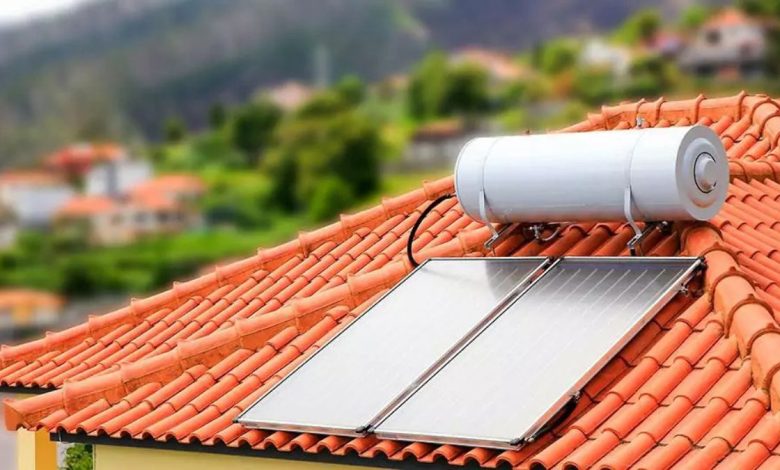Geyser Tips 101: Should You Switch it On Daily for A Couple of Hours, or Never Switch it Off to Save Electricity?

When it comes to saving electricity, one of the most common questions South African homeowners ask is: Should I switch my geyser on daily for a few hours, or is it better to leave it on all the time? Geysers are among the largest electricity consumers in most homes, accounting for a significant portion of monthly utility bills. However, with the right strategies, it’s possible to reduce your geyser’s energy consumption without sacrificing comfort.
In this Geyser Tips 101 guide, we’ll explore the best practices to save electricity while using your geyser efficiently. We’ll also address common myths and give you practical tips based on expert insights and studies.
Should You Leave Your Geyser On or Switch It Off?
There are two primary schools of thought when it comes to geyser usage: leaving it on all the time or switching it off when it’s not in use. Experts largely support switching your geyser off when you’re not actively using it, despite both approaches having their pros and cons.
Why You Should Turn Your Geyser Off
Leaving a geyser on continuously leads to what’s known as standby heat loss. This happens when the geyser uses energy to maintain the water at the set temperature, even when no one is using hot water. Over time, this can lead to a significant increase in your electricity bill.
According to energy experts, if you’re not using hot water for extended periods, turning the geyser off can result in energy savings of up to 30%. Craig, an energy efficiency expert, advises, “Using a geyser timer to control when your geyser heats up can significantly reduce electricity consumption. Switching it off when not needed is much more energy-efficient than leaving it on continuously.”
ALSO READ: Deadline to Register for Free Basic Electricity: Qualify for 50 kWh for Low-Income Households
The Case for Using a Geyser Timer
One of the most effective ways to manage your geyser’s energy use is by installing a geyser timer. A timer can be set to turn your geyser on for a few hours each day, typically during peak usage times such as the morning and evening. This allows you to enjoy hot water when you need it, while avoiding unnecessary energy consumption during the rest of the day.
Using a geyser timer is a great way to reduce standby heat loss, and it can help save up to 50% on your electricity bill. A recent study from the City of Cape Town found that households using geyser timers experienced an average of 31% savings on their electricity usage.
What About Never Turning It Off?
Some may suggest that leaving your geyser on all the time is a better option because it avoids the energy draw of heating up cold water. While it’s true that reheating water uses energy, the continuous standby heat loss from leaving the geyser on outweighs this small energy cost. Studies have shown that keeping a geyser on all the time can waste more energy than the occasional reheating.
If you want to take the middle ground, consider adjusting the temperature setting of your geyser. Lowering it to 60°C (the recommended temperature for most households) can prevent excessive energy consumption while ensuring that your water is hot enough for daily use.
How to Maximise Your Geyser’s Efficiency
Beyond switching it off and using timers, there are several other strategies you can implement to maximise the efficiency of your geyser:
1. Insulate Your Geyser and Pipes
Insulation plays a vital role in reducing heat loss. If your geyser is well-insulated, it will retain heat for longer, meaning it won’t need to use as much energy to keep the water hot. A simple geyser blanket can save you hundreds of rands annually.
2. Use Low-Flow Showerheads
A low-flow showerhead reduces the amount of hot water you use while still providing adequate pressure for a comfortable shower. This means your geyser will not need to work as hard to supply hot water.
3. Set the Right Temperature
Setting your geyser to the right temperature (between 55°C and 60°C) is key to saving energy. Anything higher than this is unnecessary and will use more electricity. But, it’s important not to set the temperature too low—anything below 50°C can increase the risk of harmful bacteria growth.
4. Regular Maintenance
Have your geyser checked regularly to ensure it’s in good working condition. A malfunctioning geyser can waste a lot of energy, so it’s essential to keep it well-maintained for optimal performance.
Expert Recommendations
In addition to the tips above, experts agree that focusing on the time of day when your geyser is turned on can make a difference. Running your geyser during off-peak times, such as at night, can also save money. “Peak times lead to higher electricity rates, and by heating your geyser during off-peak periods, you can cut down on costs significantly.”
ALSO READ: How to Manage Household Electricity Usage as Municipal Tariff Increases Hit 14 %
Switch It Off for Maximum Savings
In summary, the most energy-efficient approach is to switch your geyser off when it’s not in use. Installing a geyser timer, using low-flow showerheads, and setting the thermostat to the optimal temperature are all practical ways to save electricity and reduce your monthly bill.
So, to answer the question posed by this article: no, you should not leave your geyser on all the time. Instead, use it efficiently by switching it off when not needed, using timers, and ensuring your geyser is well-maintained and insulated.
By following these Geyser Tips 101, you’ll not only reduce your electricity costs but also contribute to a more sustainable energy future for South Africa.



